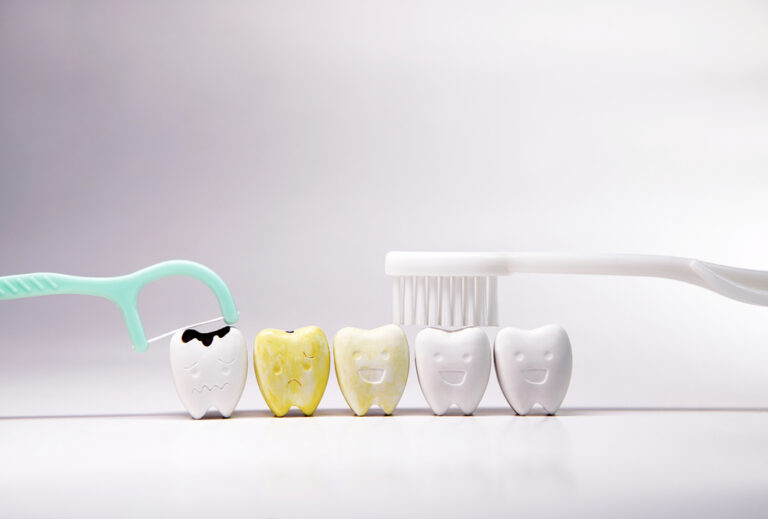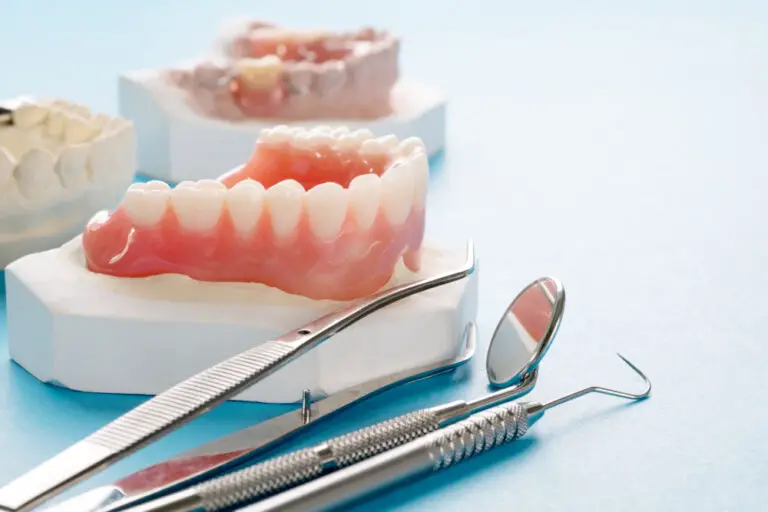The arrival of your baby’s first tooth is an exciting milestone. But teething is a long process that can seem to drag on forever while you wait for those pearly whites to pop through. Why does it take so long for baby teeth to erupt? Keep reading for an in-depth look at the teething timeline and all the factors that affect when those initial chompers appear.
Primary tooth development 101

Before baby teeth can erupt through the gums, they must go through several development stages while hidden in the jawbone:
Initiation phase – This early phase starts in utero between 6-8 weeks gestation when primitive dental lamina tissue begins forming the teeth buds.
Proliferation phase – Around 12-16 weeks gestation, the buds evolve into tooth cavities. These spaces then start shaping into specific teeth.
Histodifferentiation phase – At 16-24 weeks gestation, the cells differentiate into dental tissues like enamel, dentin, pulp, and cementum that form the tooth crown.
Maturation phase – Mineralization of the crown ramps up in months 2-9 as enamel and dentin harden. The future tooth slowly pushes toward the surface of the gum.
Pre-eruptive phase – Months 9-12 see the mineralized crown complete and the root begin forming. Teeth ready themselves right under the gums.
Eruptive phase – Finally, 12-33 months after starting development in utero, teeth pierce through the gums and enter the mouth cavity.
As you can see, baby teeth begin forming before birth and take months to complete development before eruption. This slow pace is normal and allows ample time for healthy maturation.
When to expect those first teeth
Now that you know how much prep work happens unseen with baby teeth, when can you actually expect to see them pop through?
While every infant goes at their own pace, here are some general averages:
- 3-4 months – Lower central incisors break through first. Teething symptoms like fussiness and drooling may begin.
- 6-8 months – Upper central incisors, upper lateral incisors, and lower lateral incisors emerge, for a total of 4 teeth.
- 8-12 months – First molars on either side of the upper and lower jaw come in. Your baby may have up to 8 teeth.
- 13-16 months – Pointy canine teeth (fangs) erupt in the upper and lower jaw. Your toddler’s toothy grin really takes shape during this period.
- 16-22 months – The lower second molars emerge, bringing your little one’s tooth count to about 16.
- 25-33 months – Finally, the upper second molars arrive, completing the full set of 20 primary teeth.
Remember babies show teeth based on their own biological clock, not this schedule. Premature birth, low birth weight, and medical conditions can all delay eruption. Genetics also plays a role. If parents were late teethers, baby may be too.
Why teething takes so long

You endure months of waiting, swollen gums, and fussiness before those teeth peek through. Why does it take so long? There are several biological reasons:
Slow tooth development – As described earlier, teeth undergo complex development starting in the womb. This process steadily progresses over months and years.
Soft gums – A baby’s gums lack dense bone, so erupting teeth must penetrate slowly. Adult gums allow faster emergence.
Tongue obstruction – The large tongue occupies the limited space of a baby’s mouth. Teeth make their way through as the jaw grows.
Natural eruption pace – To avoid injury, baby teeth are programmed to emerge gradually based on the body’s cues. Rushing this risks damage.
Resistance – Passing through tissue creates resistance, requiring exertion of eruptive force. This happens slowly over time.
Tight space – Primary teeth must find the right path in compact baby mouths. Adult teeth have wider arches and bigger jaws.
Multiple stages – Unlike adult teeth that often emerge together when pulled, baby teeth erupt individually over months and years.
While you anxiously await that first tooth peeking through the gum, remember that slow journey is an important part of development. Letting nature take its course prevents harm to your little one’s mouth.
Teething symptoms and remedies
Teething is a long wait punctuated by episodes of discomfort as those teeth push through swollen gums. Here are some common symptoms and soothing remedies:
3-5 months
- Symptoms: Increased saliva, gum swelling, drooling
- Remedies: Gum massage, icy teethers, cool cloths
5-7 months
- Symptoms: Irritability, gnawing on hands/toys, loss of appetite
- Remedies: Chilled fruits to chew, soft foods, acetaminophen
9-12 months
- Symptoms: Ear tugging, rash around mouth, waking at night
- Remedies: Frozen washcloth, rubber teethers, numb gel
12-24 months
- Symptoms: Mild fever, diarrhea, coughing, biting
- Remedies: Popsicles, cold spoon rubbing gums, ibuprofen
Always talk to your pediatrician before using any medications. While teething causes some fussiness, extreme reactions could indicate illness rather than emerging teeth. Learn your baby’s unique teething symptoms and offer appropriate comfort.
When to call the pediatric dentist

Seeing the pediatric dentist around your child’s first birthday is recommended. But also call right away if you notice:
- No teeth after 15 months of age
- Teeth growing in crooked positions
- Teeth appearing in the wrong order
- Injuries or abnormalities in teeth already erupted
- Red, swollen gums or pain with chewing
- White spots or discoloration on teeth
Don’t delay when it comes to dental development issues. The dentist can identify problems early while baby teeth are still erupting and growing. Proper treatment prevents bigger issues as permanent teeth develop.
Even though teething is a slow process, take comfort in knowing those pearly whites are carefully progressing on schedule inside your baby’s gums. Stay attentive as teeth come in to spot potential problems. With diligent dental care, your little one will proudly flash those baby teeth on the road to a dazzling grown-up smile.
Frequently asked questions about teething
Here are answers to some top questions parents have about teething:
How can I safely relieve teething pain overnight?
Discuss options with your pediatrician, but common nighttime teething remedies include chilled pacifiers, gentle gum massages, and chewy toys. Avoid OTC gels or medications right before bed.
What teething toys are safest?
Opt for BPA-free rubber or silicone teething toys. Avoid teethers with small removable parts that could detach and choke your baby. Thoroughly clean solid teethers regularly.
Can teething cause a baby to vomit?
Excess drool and attempts to chew hands, toys, and anything in reach can sometimes trigger gagging and vomiting. While unpleasant, it’s not considered dangerous if your baby is still eating and acting normally otherwise.
How can I tell if a fever is from teething versus illness?
Fevers over 100-101°F are not likely due to teething alone. High fevers indicate sickness. If your baby has elevated temperature along with other symptoms like congestion, call your pediatrician.
Do emerging teeth cause loose stools?
Possibly. The extra saliva from teething can upset little tummies, causing occasional loose stools. But diarrhea, constipation, or bloody stool should be evaluated by your pediatrician.
Don’t let teething woes scare you. With patience and attentive care, you’ll smoothly navigate those months of waiting for your baby’s pearly whites!






